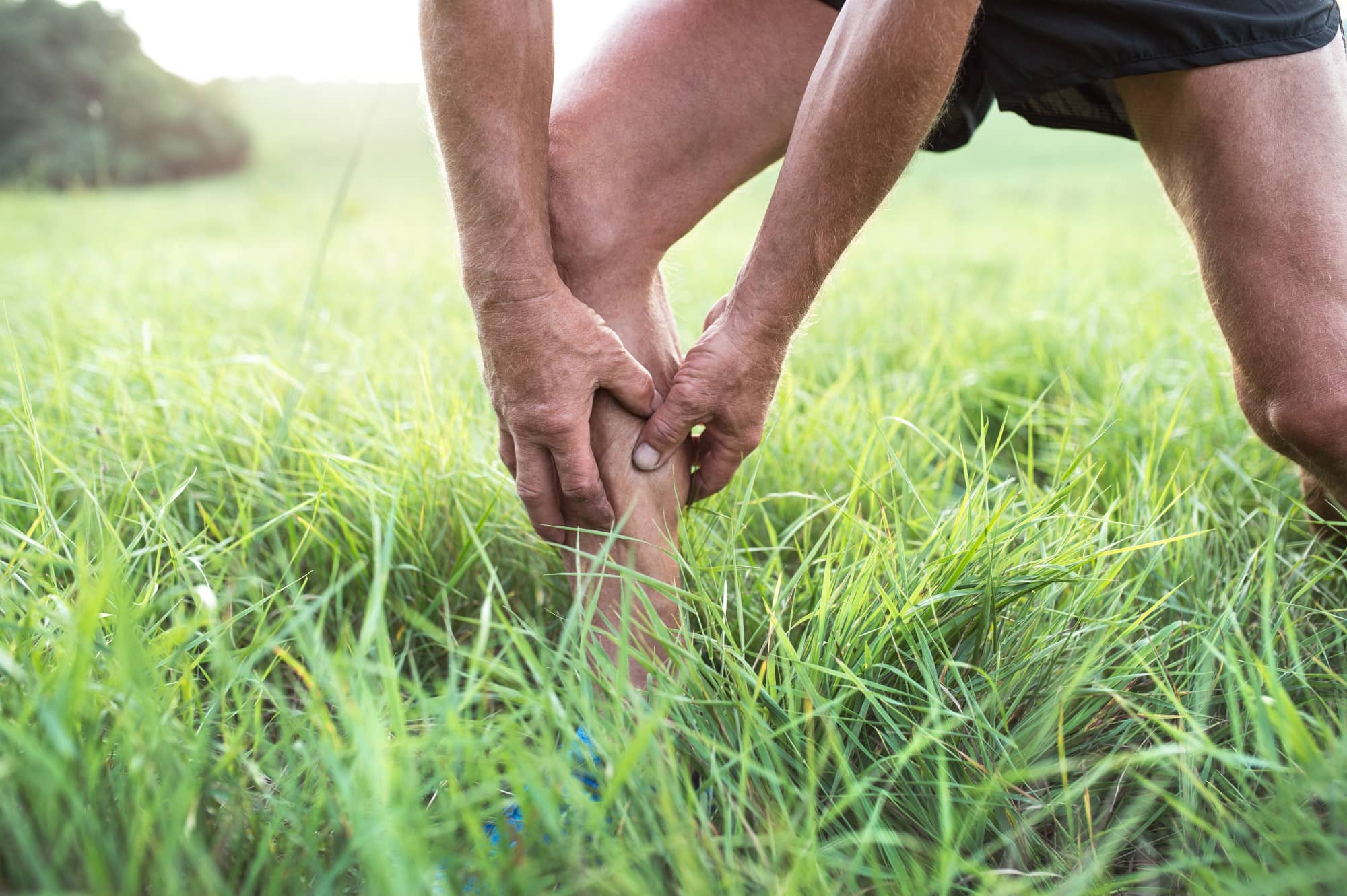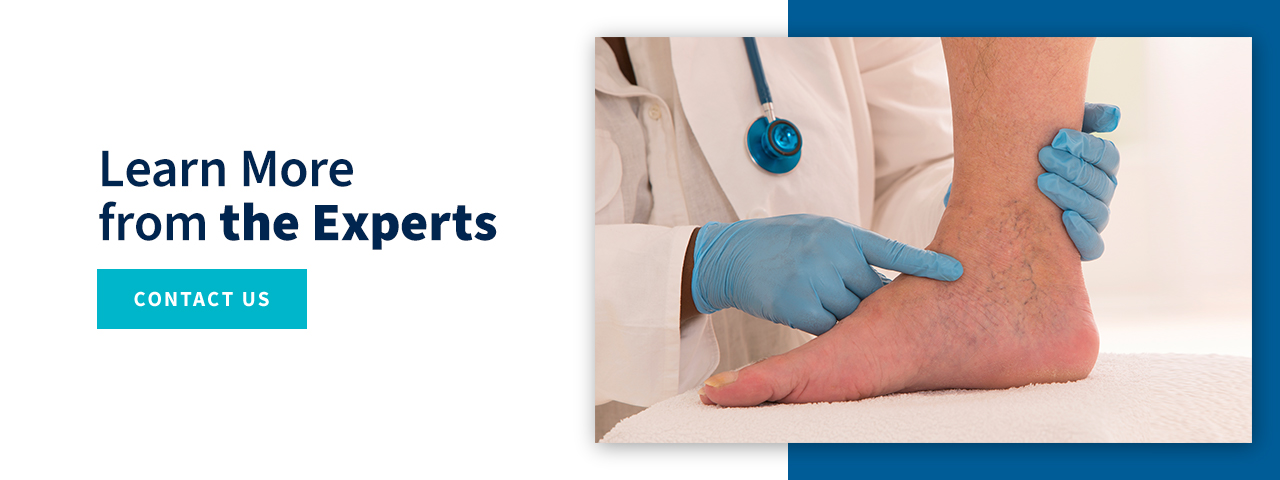
A venous ulcer is a skin wound that fails to heal due to poor circulation in your leg veins. While the overall prevalence of venous ulcers is low, if they are not treated in a timely manner or become infected, they may become resistant to treatment and significantly impact a patient’s quality of life.
At Central Florida Vein and Vascular Center, we use a patient-centered approach to develop personalized treatment plans for long-term results. Our expert team provides care for patients of all ages and has extensive experience identifying and treating many venous conditions.
Venous ulcers result from high amounts of pressure in lower leg veins. Veins have valves to keep blood flowing upward to the heart. When these valves weaken or the vein experiences scarring or other damage, the blood can flow backward and begin pooling in the legs.
Early signs you are experiencing a venous insufficiency include:
This additional blood can lead to pressure in the lower leg veins and prevent nutrients and oxygen from entering the tissues. A lack of nutrients can cause the cells to die and damage the surrounding tissue, creating wounds.
Some symptoms of a venous ulcer include:
The primary risk factors for a venous ulcer are old age, obesity and a history of leg injuries. Some additional risk factors include:
At Central Florida Vein and Vascular Center, we begin treatment with a diagnostic vascular ultrasound from one of our vein specialists. Our noninvasive exam allows our specialists to view your current venous health in an outpatient setting. From your ultrasound results, we will create a personalized treatment plan.
One of the most common treatment options for leg ulcers is compression therapy. During this process, you will use compression stockings to counteract the pressure in your leg veins and allow the skin to heal. Patients with ulcers need wound care to keep the tissues healthy and promote the ingrowth of healing factors.
For more severe cases of leg ulcers, we may recommend a minimally invasive procedure such as endovenous laser treatment or sclerotherapy. Endovenous laser treatment is a minimally invasive procedure in which one of our specialists will insert a small catheter into the vein and apply heat. The heat will cause the vein to collapse and seal shut to effectively improve blood flow and help the wound heal properly.
During sclerotherapy, one of our specialists will inject a chemical agent into the vein. Once this chemical comes into contact with the vein, it will cause it to seal shut without creating scars to encourage healthy blood flow.

With over a decade of experience, the Central Florida Vein and Vascular Center team can provide high-quality care throughout the entire treatment process. We will prioritize your care and keep you informed at every step so you can make better decisions regarding your health. Please complete our contact form today to set up a consultation at one of our offices in Ocoee, Kissimmee, The Villages or Oviedo.